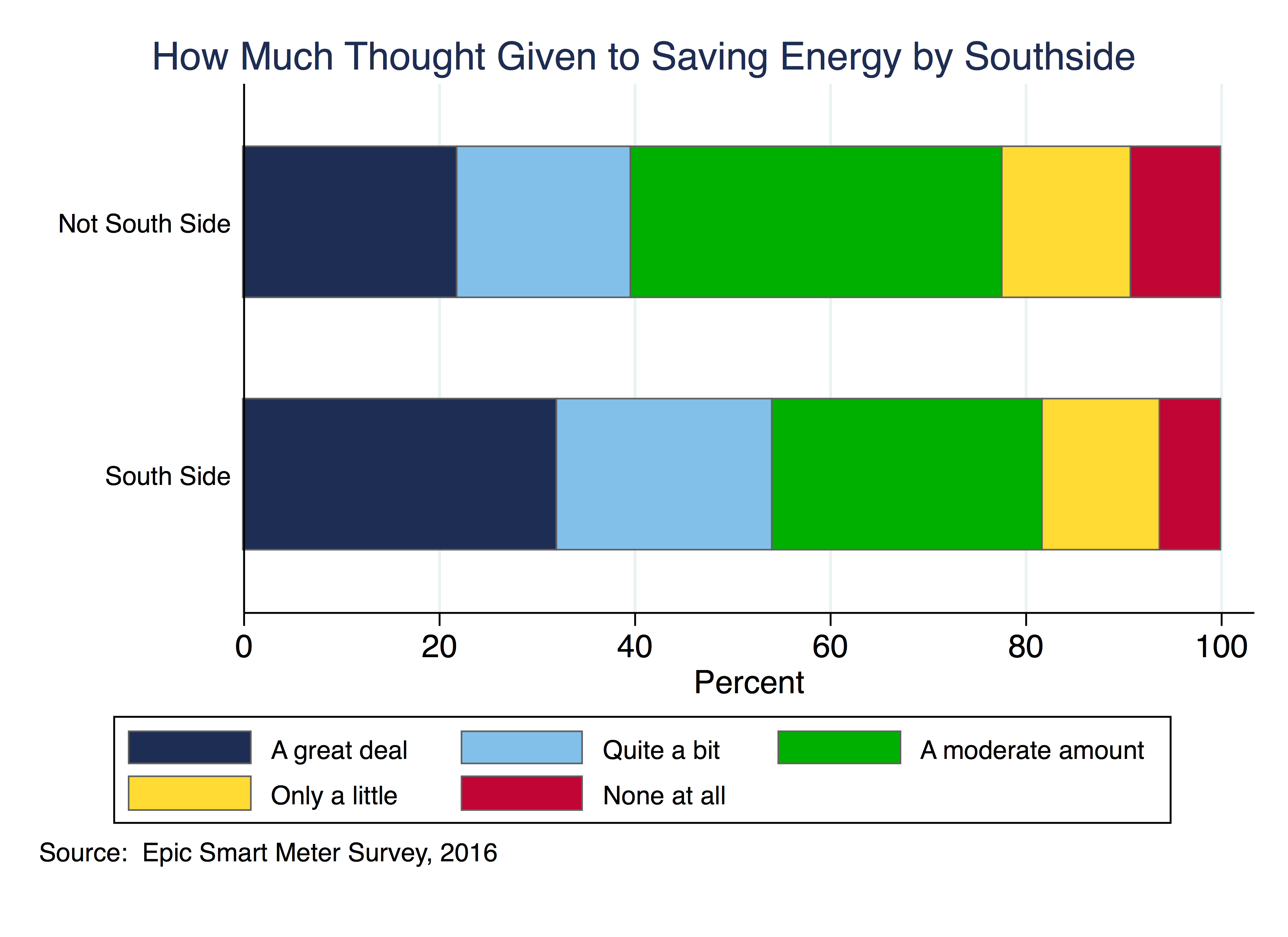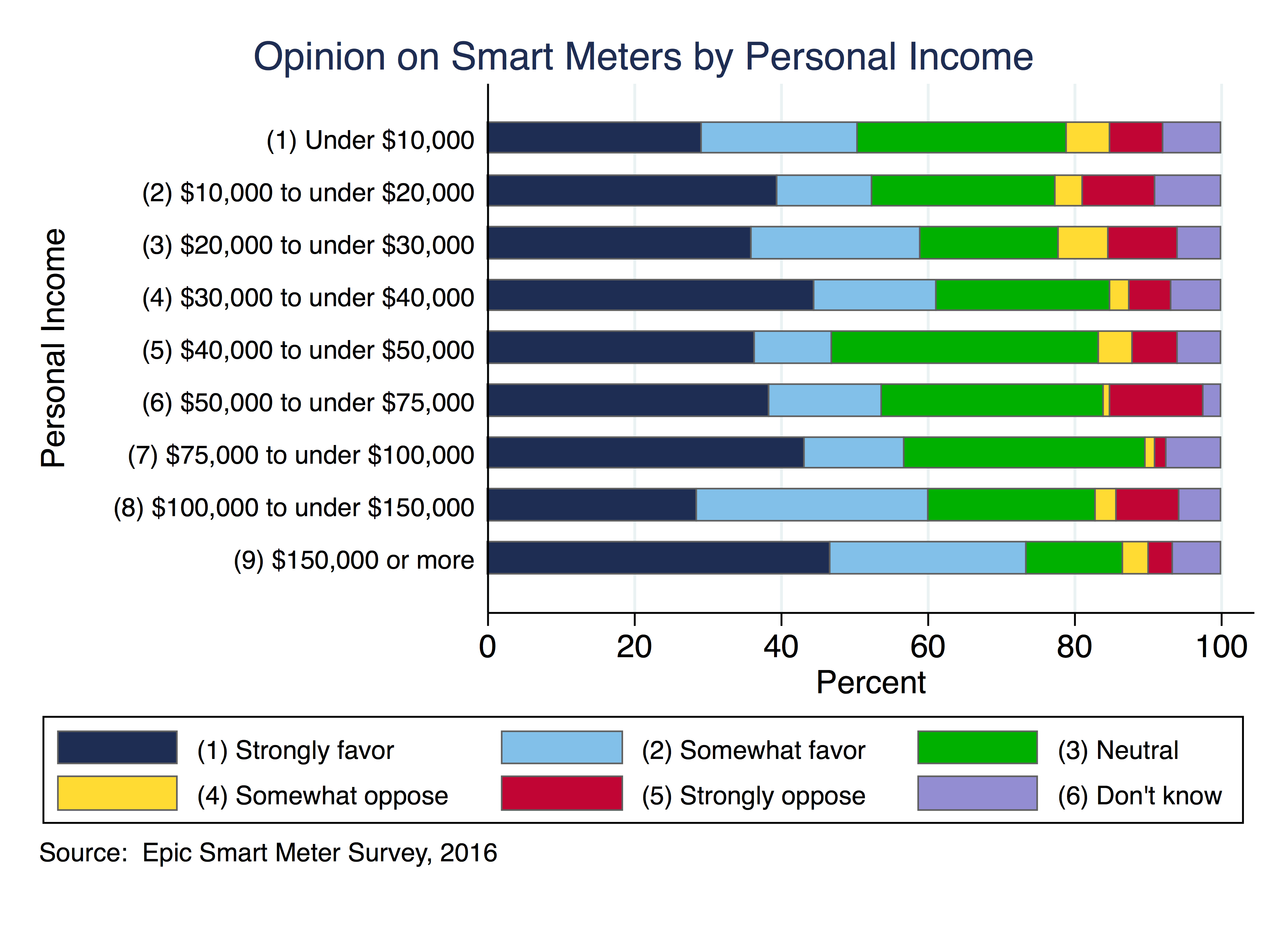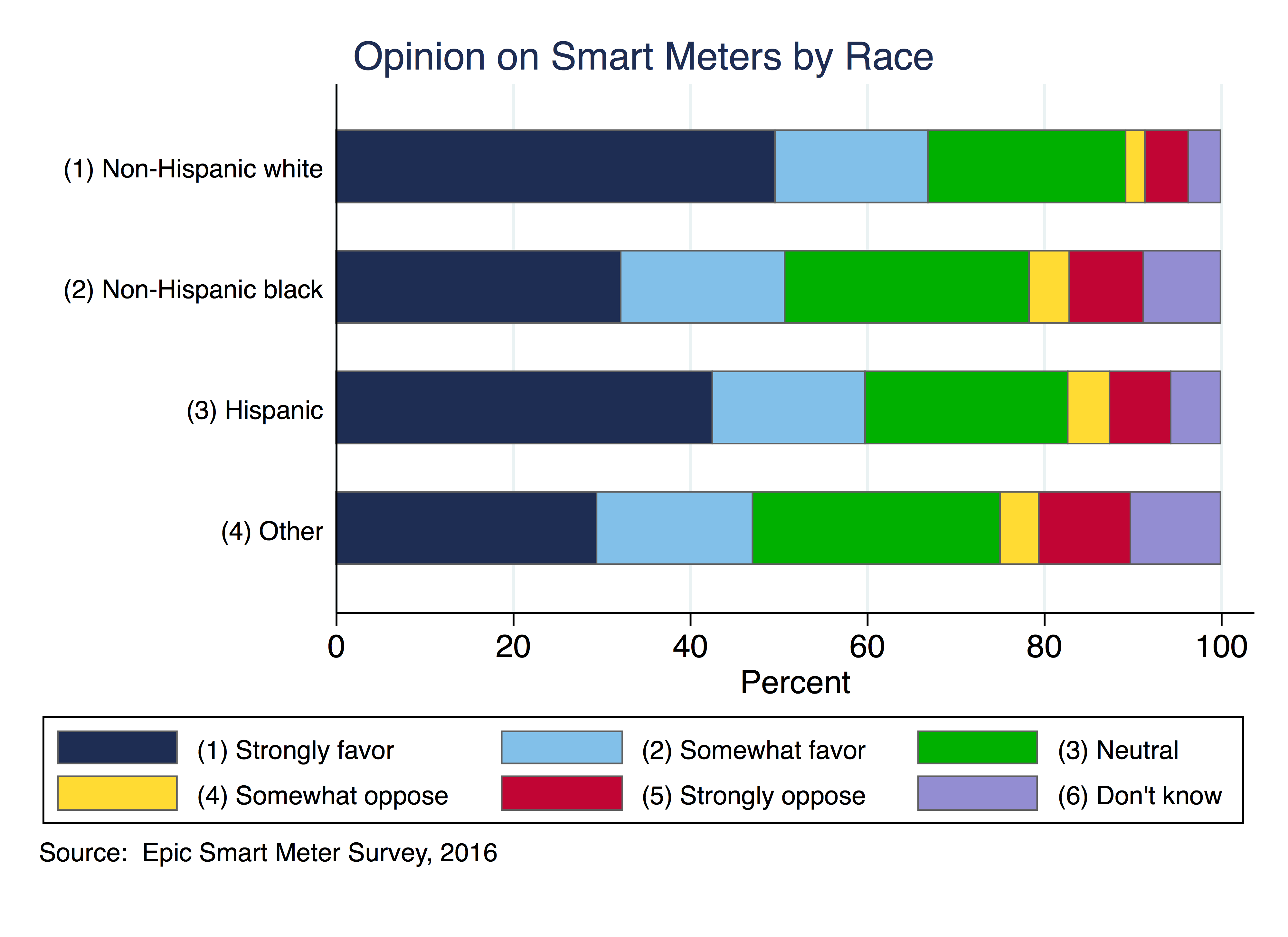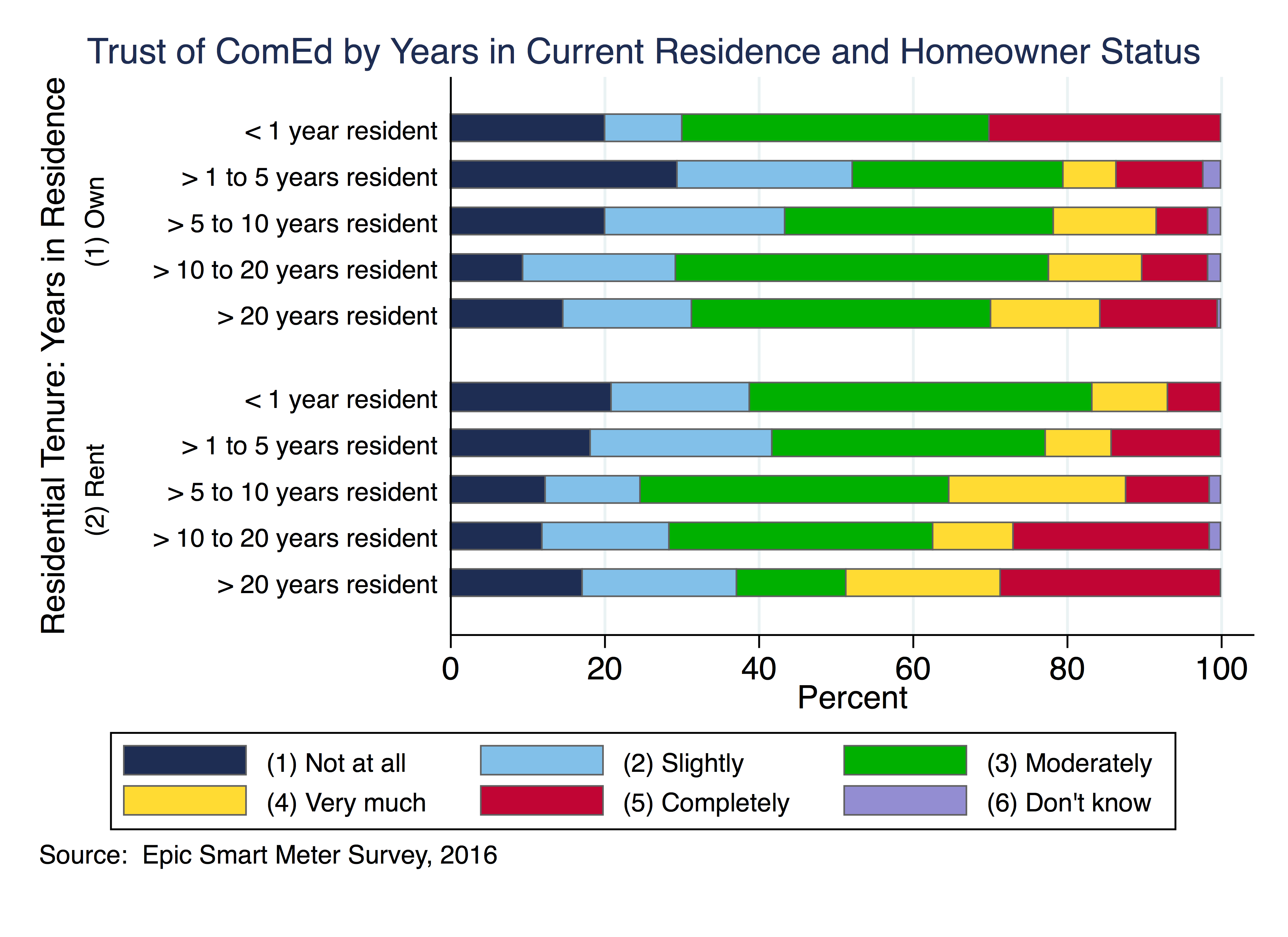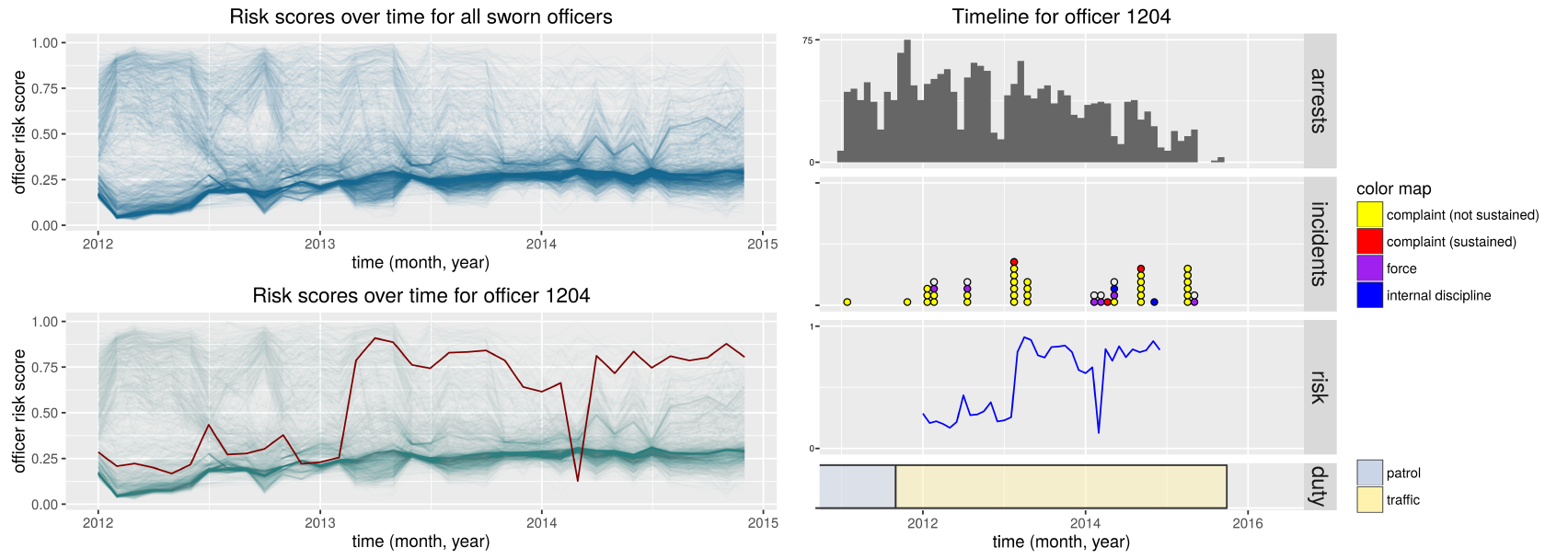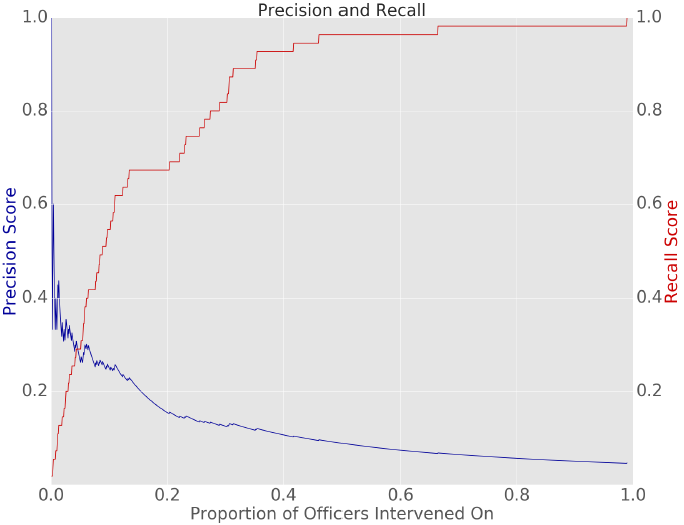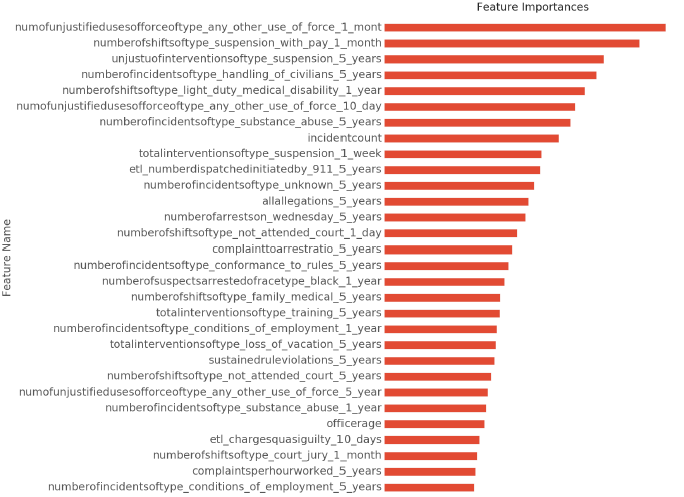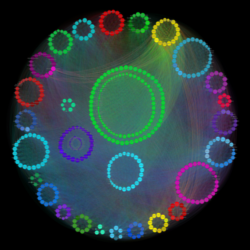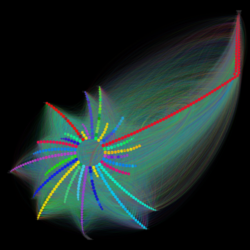2020-2022 UX Research
.I have led a host quantitative, and to a lesser extent, qualitative UX research projects from 2020 to 2022. Working closely with cross-functional partners, including PMs, DS, Designers, and Qualitative UX, I identify key business questions, which I translate into actionable research plans. Using this information, I design, field, and analyze surveys to deliver multi-pillar and cross-org impact for the upwards of eight product teams I support. Besides questionnaire and sampling design, I also develop customized SQL pipelines to sample populations of interest to my product teams. Analyses vary, but often include bivariate visualizations with confidence intervals, statistical tests, and to a lesser extent multivariate regression or machine learning. Depending on project scope, post-stratification weighting is incorporated into analyses. All example figures use simulated data and have been generalized to preserve confidentiality.2020 Enter the Partisan Firm
Across the American republic, pundits, politicians, and social scientists alike have studied and speculated about the rising tide of partisan divisiveness threatening to inundate the political mooring of American society. Yet, to what extent, does partisan polarization (also known as affective polarization) affect behavior in firms? Are firms becoming more partisan? Does partisanship affect hiring or corporate boards? How does one's identity as a Democrat or Republican shape the likelihood of receiving a callback for a job? I answer these questions in a three study evaluation of partisanship in corporations using campaign finance data, corporate board membership, and a computational field experiment. Enter the Partisan Firm.2017 Occupy the Government
I examine the role of Occupy Wall Street in shifting presidential and congressional discourse on economic fairness and inequality. Using data from 4,646 presidential speeches and 1,256 congressional records from 2009 to 2015, I test different mechanisms, including repression, media coverage, public opinion, and presidential agenda-setting by applying a novel combination of web scraping, natural language processing, and time series models. I suggest that movement success can be measured in its ability to shape discursive opportunity structures, and I argue that the role of the president should be at the forefront of social movements research. Ultimately, I demonstrate (1) that the repression of Occupy protesters not only predicts media coverage but also increases discursive opportunities through President Obama and Congress, (2) that media coverage of Occupy predicts presidential discourse, (3) that the president’s rhetorical shift increases congressional response, and (4) that this change persists after the movement faltered.2017 Epic Smart Meter Survey Project
These graphs were part of a project working with Kathleen Cagney at the University of Chicago. Data from this project comes from the Epic Smart Meter Survey, 2016 conducted by the NORC at the University of Chicago. The survey asks Chicago residents a variety of questions about their energy consumption.2016 Data Science for Social Good - Predicting Adverse Police Incidents
During my time as a fellow for the Eric and Wendy Schmidt Data Science for Social Good Summer Fellowship, I collaborated with a team of scholars to develop an early intervention system to predict adverse police incidents using a robust machine learning pipeline and ETL-database strategy. This strategy allows the project to mobilize across multiple police departments. The work was done in collaboration with the other Nashville fellows, Sumedh Joshi, Jonathan Keane, and, Lin Taylor, the Charlotte-Mecklenburg fellows Tom Davidson, Henry Hinnefeld, and Ned Yoxall, and support from Joe Walsh (Technical Mentor), Jennifer Helsby (Technical Mentor), and Allison Weil.More detailed information and presentation of the results can be found here: Police Project Update: Expanding and Implementing the Early Intervention System. To see the code and documentation for the project, please visit Github: Police-EIS.












